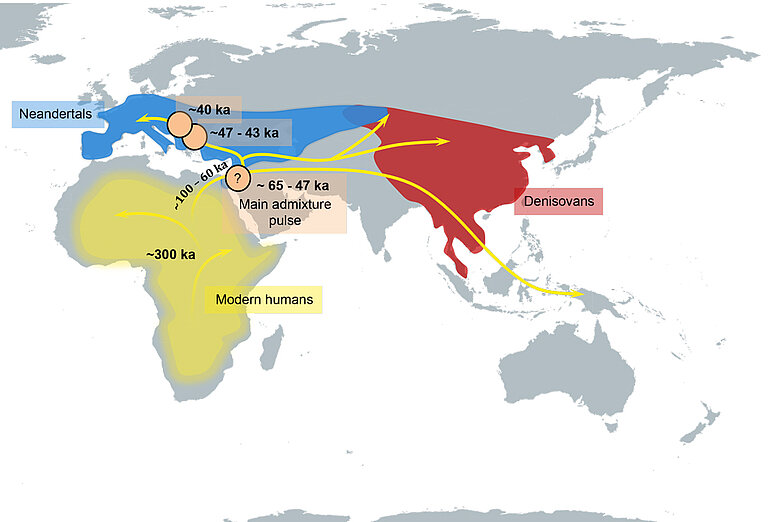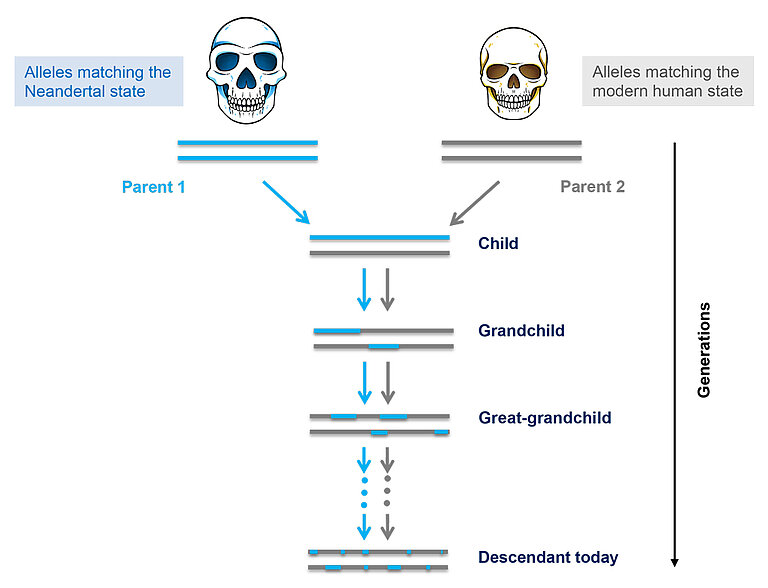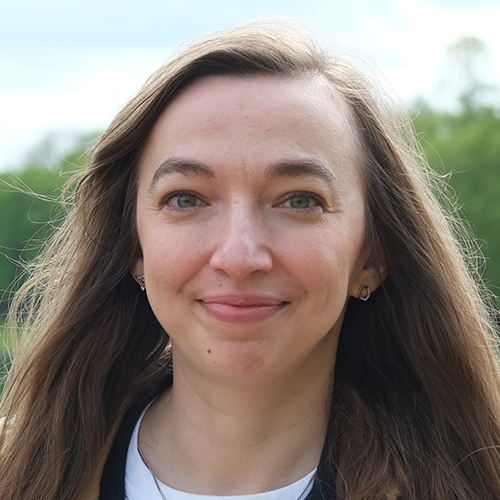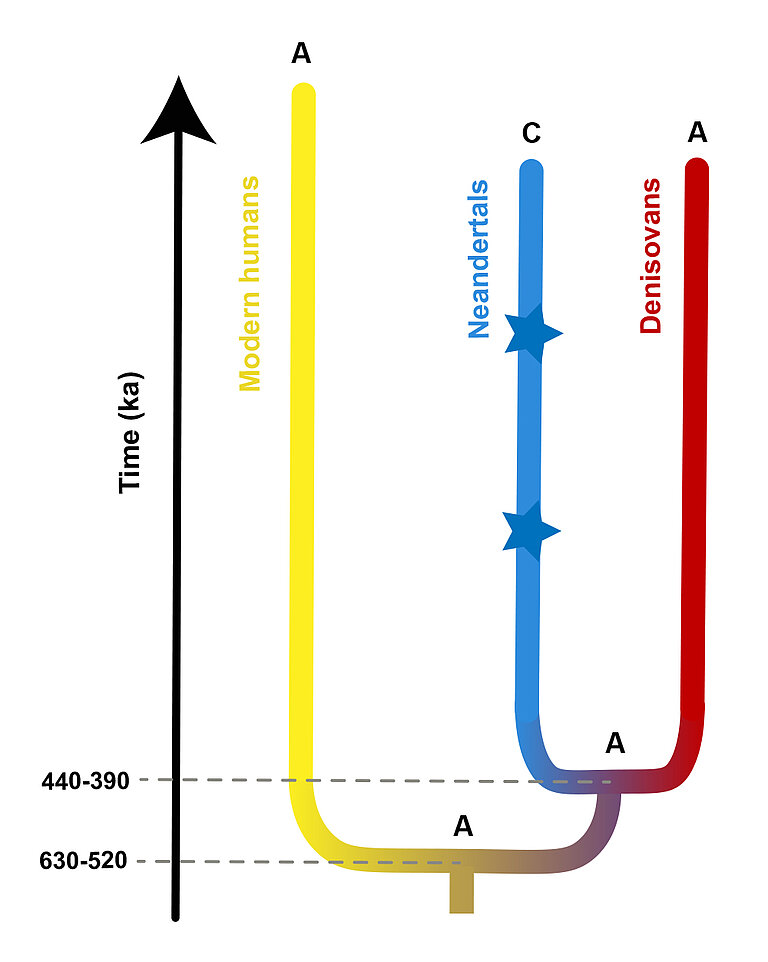Max Planck Research Group for Hominin Palaeogenomics (HOPE)

Ancient DNA (aDNA), or DNA extracted from long dead organisms, has transformed our understanding of human evolutionary history by enabling us to study genetic variation directly across time and space without being constrained to the smaller subset of diversity found in present-day populations. Despite genomic data being recovered from more than 10,000 ancient humans to date, relatively few genomes have been recovered from the time period when modern humans started dispersing in and out-of-Africa, and began interacting with other hominins. This patchy knowledge of genetic diversity from one of the key phases of our early prehistory significantly limits our ability to test hypotheses about the demise of other hominins and the survival of modern humans as the only hominin group on Earth.

In our group, we aim to fill this gap by applying cutting-edge methods developed for the retrieval of poorly preserved aDNA to the skeletal remains of modern humans and, specifically, Neandertals from across Eurasia, focusing on the time period during which – or shortly after which – these groups could have met. In addition to shedding light on the genetic diversity of these groups, their interactions, regional disappearances and adaptations to new environments, research into our closest ancestors and close relatives – modern humans and Neandertals alike – has the potential to transform our understanding of what makes modern humans who we are today.
Genetic diversity and demography of Palaeolithic populations across Eurasia

The ancestry of the groups that formed the first modern human population landscape of Eurasia and their relationship to later populations are to a large extent still unknown. Interestingly, Neandertals disappeared around the same time as the members of these initial human dispersals. Genome-wide data from individuals spanning the time of these groups’ overlap in Eurasia allow us to recover their past diversity, and provide a resource for identifying genetic changes that may have been critical for adaptations to new environments, and may reveal factors that led to the survival of some genetic ancestries and the demise of others.
Gene-flow between Neandertals and modern humans

We found direct evidence of local admixture between late Neandertals and modern humans on at least two, and possibly four, independent occasions, following a major pulse of admixture from Neandertals shortly after the major out-of-Africa expansion of modern humans. As a sharp contrast, none of the late Neandertals sequenced to date show any evidence for a recent gene-flow from modern humans, raising questions about potential differences between the two hominin groups in the modes and consequences of interbreeding events. In our group we aim to reconstruct the dynamics of interactions between Neandertals and modern humans on a much finer scale, narrowing down the timing, the frequency and possibly even the location(s) of gene-flow events.
Genetic changes unique to Neandertals
Neandertal populations ‘escaped’ extinction over long periods of time despite their highly reduced effective population sizes and drastic climatic changes. In addition to recovering past Neandertal diversity, sequencing additional Neandertal genomes allows us to start building a catalogue of genetic variants unique to Neandertals, i.e., the genetic changes that arose specifically on the Neandertal lineage after their divergence from the last common ancestor with modern humans.
Group staff
Group Leader

Mateja Hajdinjak
Doctoral Students

Pengpeng Chen
Arev Pelin Sümer
Student Assistant
Franziska Veik
